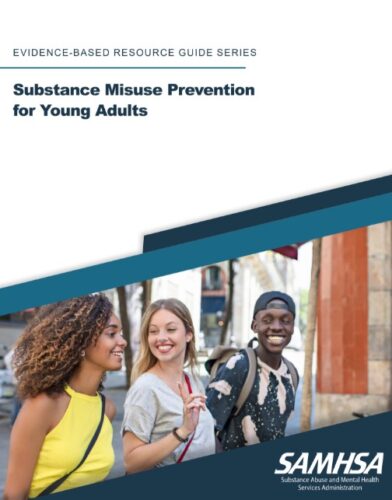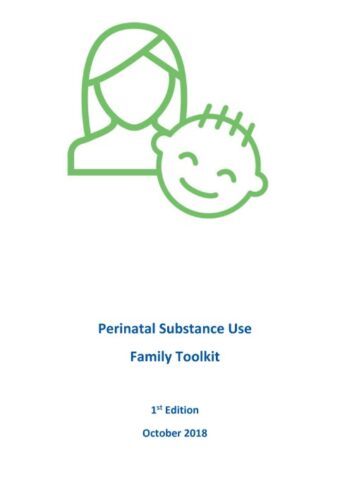Behavioral Health Services, Inc.
Subject: Residential SUD Treatment Policy#: 4.11.6.6
Title: Incidental Medical Services - Treating Substance Abuse Disorders, including Detoxification
Effective Date: January 21, 2018
POLICY:
BHS residential treatment facilities that are licensed by DHCS shall provide IMS – Treating
Substance Abuse Disorders, including Detoxification with approval of DHCS. DHCS-licensed BHS residential treatment facilities shall have and follow written protocol and procedures in accordance with relevant Health and Safety codes and other regulatory requirements for the implementation of approved IMS – Treating substance abuse disorders, including detoxification in their facilities.
PROCEDURES:
Coordinating care for any complex conditions which may impact the resident’s success in
treatment
Who is responsible for coordinating care - The physician is responsible for ensuring
that care at the facility is coordinated with the resident’s primary care physician (PCP), (if
the patient has one) for any complex conditions which may impact the patient’s success in treatment. The resident’s primary counselor obtains a consent/release of information from the resident for his/her PCP which allows the physician to communicate directly with the PCP. The physician documents interactions with the PCP in the patient’s health record.
Medication Assisted Treatment (MAT)
Type of MAT Services – The following types of MAT services will be offered at each
approved BHS residential treatment facility.
o MAT for detoxification/withdrawal management for opiates or alcohol – If the physician determines that the resident is at risk for withdrawal symptoms that could pose direct health risks or risks to treatment engagement and retention (i.e. severe opioid cravings, nausea etc.) and could benefit from
detoxification/withdrawal management at the residential treatment facility at the ASAM 3.2-WM level. Those individuals who are not appropriate for the 3.2-WM level will be referred to a higher level of care (e.g. 3.7-WM or 4.0-WM).
o MAT to reduce cravings and for relapse prevention – If the physician determines that a resident may benefit from medications (such as Naltrexone, Vivitrol and Acomprosate) to reduce cravings and relapse risks, such will be offered according to the FDA approved guidelines for the use of those
medications.
o MAT for maintenance – If the physician determines that a resident’s engagement and retention in treatment and continuation of recovery at the residential facility could benefit from maintenance medication, the physician may offer Buprenorphine in accordance with its FDA approved guidelines for use or refer the patient to an Opioid Treatment Provider (OTP). BHS has established
linkages with MAT prescribers and Opioid Treatment Programs. If MAT is provided through an outside provider, treatment staff will collaborate and coordinate with the provider on how the resident will receive the required dosages of medication. In working with outside providers, all applicable confidentiality and consent requirements will be adhered to.
Who determines level of MAT services required - Medication assisted treatment
(MAT) is discussed with the resident during the intake assessment by a Licensed Practitioner of the Healing Arts (LPHA), which may include the physician, a registered nurse, licensed clinical social worker, or licensed marriage and family therapist, and offered as a concurrent treatment option for appropriate individuals with an alcohol and/or opioid related SUD condition and when the physician has determined that such treatment is appropriate. If the resident accepts to receive MAT services, the physician will prescribe the medication(s). Acceptance or refusal is documented in the resident’s file by the LPHA who discussed the MAT options with the resident.
What assessment is conducted for MAT – Assessments include a full Bio-Psycho- Social assessment, Physical Exam (by Physician or alternate physician) including all testing associated with detoxification services as provided in Policy 4.11.6.3, ASAM Level of Care Criteria Assessment, DHCS 5103 Health Questionnaire, and clinical withdrawal scales.
Who will provide the MAT service – The facility physician or alternate physician who is
trained in the use of MAT will render all prescribing services. Testing and treatment
protocols are available for each drug substance from which a resident’s detoxification/withdrawal is being managed at the residential facility. The physician’s
order will determine what medication(s) are prescribed for the resident and how they are
to be administered. Registered Nurses (RN) or Licensed Vocational Nurses (LVN) will oversee documentation of medications and administration of any injectable anti-craving
medications. Medical Assistants, LVNs, and registered or certified SUD counselors may
assist in overseeing and documentation of self-administered oral medications in accordance with procedures outlined in 4.11.6.5 Overseeing Self-Administered
Medications.
Storage of scheduled narcotics – BHS residential treatment facilities will adhere to all state and federal guidelines regarding the storage of scheduled narcotics. BHS will only
use and store Schedule III or IV drugs for MAT, not Schedule I or II.
MAT medications are by prescription to a specific patient only; there will be no bulk
storage of MAT medications, with the exception of anti-overdose medication, Narcan.
All prescriptions for MAT will be filled at a local pharmacy congruent with the resident’s
health insurance coverage. These prescriptions will either be picked up from the
pharmacy or delivered by the pharmacy to the facility.
Schedule III or IV MAT medications (e.g. Librium, Xanax, Clonopin and Buprenorphine)
will be kept in the medication area in the facility, in a separate, locked safe or steel
cabinet. There will be limited access to the key or combination to the locked safe or steel cabinet. If a combination safe or cabinet is used, the combination will be changed upon termination of any staff member who was previously authorized. The key or combination will be maintained by the supervising staff member on duty, which may be the Program Director or his/her designee that is a RN or LVN or registered or certified SUD counselor.
Injectable anti-craving medications (Vivitrol) will be stored in a refrigerator located in the
medication area at the facility.
Anti-overdose medication (i.e. Intra-nasal Narcan) will be accessible in the treatment
facility so that it may be administered by any trained staff member if a resident
overdoses on the unit. Intra-nasal Narcan will be stored in the counselor station and in
the reception area of each residential treatment facility.
Documentation of MAT services (who, how, where) – When MAT has been determined to be appropriate and offered to the resident, such offer and the resident’s response will be documented in the resident’s progress notes in addition to the completion of DHCS 4026 with both provider and resident signatures. All prescriptions for MAT will have a copy entered in the patient’s chart in addition to documentation of the instructions for administration (i.e. BID, PRN etc.). All oral self-administered medications will be stored and documented in accordance with Policy 4.11.6.5
Overseeing Self-Administered Medications.
Administration of MAT Services
Who administers MAT – All oral medications for MAT are self-administered by the resident, with observation and documentation by a registered or certified SUD counselor, MA, LVN or RN, depending on the facility staffing. Injectable anti craving medications will be administered by an LVN or RN. All LVN’s or RN’s administering injections shall demonstrate competence in such injections. Anti-overdose medication (Intra-nasal Narcan) may be administered by any staff member who has been trained in this process,
including MA, LVN, registered or certified SUD counselor or any other trained direct service staff member.
How MAT is administered – MAT is either self-administered under observation (if oral medication) or administered by injection as described in the section above. Anti-overdose medication is administered intranasal.
Where administered – MAT that is injected is administered in the physical exam room. MAT that is self-administered by the resident will be administered in the medication area
at the facility.
Documentation of MAT services – All MAT injections are entered into the resident’s
medical record by the LVN or RN administering, including exact time, dosage and location of injection on patient’s body (i.e. 1st Gluteal quadrant). All oral self-administered medications are documented as described in Policy 4.11.6.5, Overseeing Self-
Administered Medications.
Written consent – No resident shall receive MAT without their written consent. Such written consent shall be obtained on a Consent for Treatment form and also on DHCS 4026, copies of both will be entered in the resident’s record.


